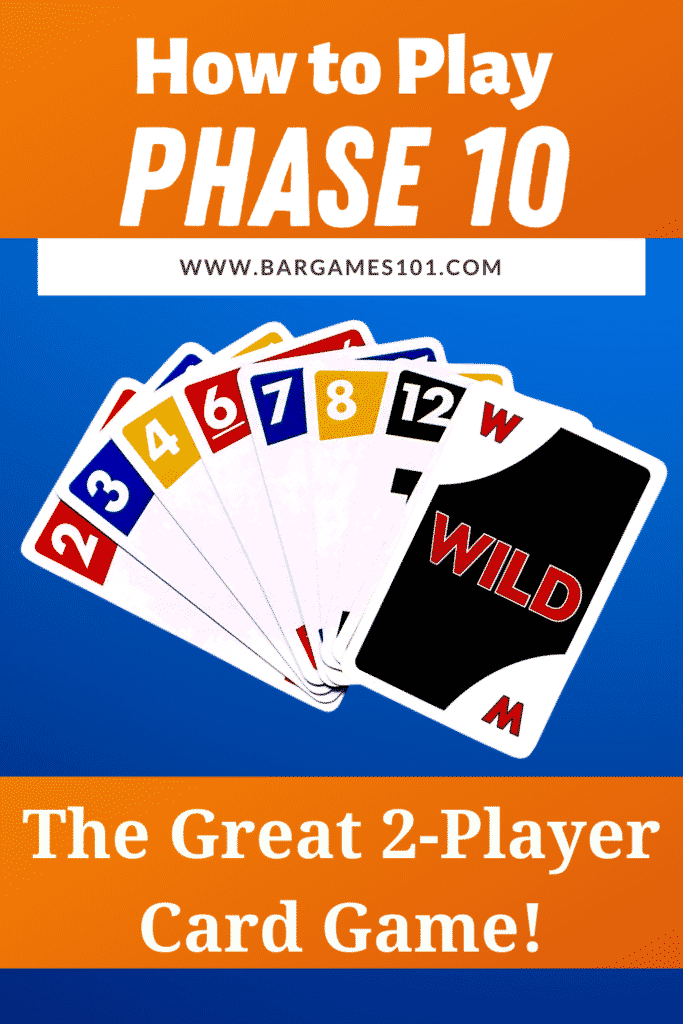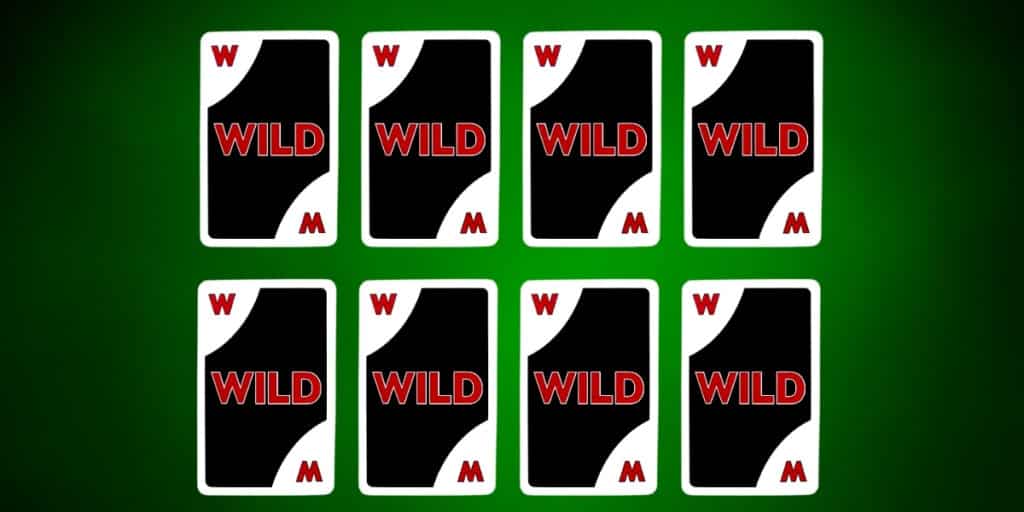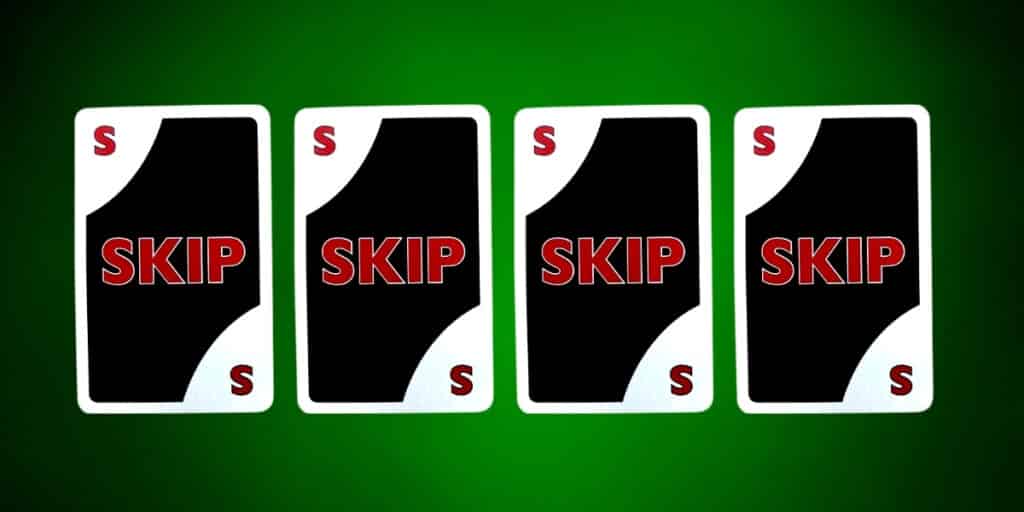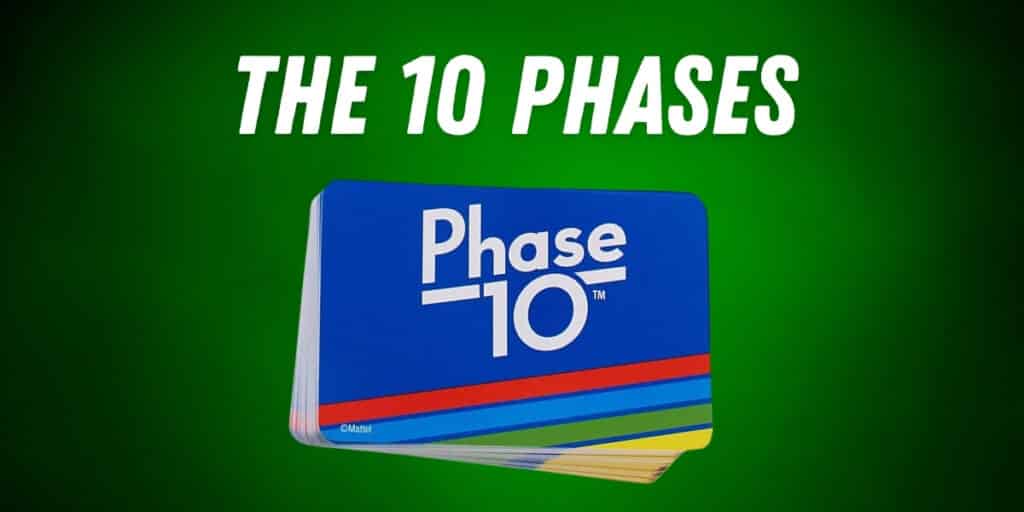Trying to find the Phase 10 rules you need in order to always win? Then you have come to the right place. We’ll be examining everything you need to know about this classic, competitive card game.
Like many card games, there are rule variations to Phase 10. However, our guide will be following the standard, traditional rules which are the most popular way to play. So, let’s first break down what you need to know about Phase 10.
What is Phase 10?
Created in 1982 Phase 10 is a variation of rummy, which was traditionally known as Liverpool rummy. The game can be played with either a specially purchased deck of cards designed for the game or with 2 regular card decks.
Phase 10 is a very popular 2 player card game, but it can be played with up to 6 people. If you’re wondering about the name it’s because each player needs to go through 10 different phases to win.
In many ways, Phase 10 is a bit of a race between players. Its fast-paced gameplay has made it very popular. So, let’s look at what you need in order to play.
How to Play Phase 10

What You’ll Need
Phase 10 rules can actually seem quite complicated, in many ways it is a mashup of traditional Gin Rummy and Uno. There is also a lot of terminology involved which can take a while to get used to.
However, playing Phase 10 becomes a lot easier if you are playing with a special Phase 10 deck rather than traditional playing cards. These cards make it much easier to understand what you need to do and how to play.
A Phase 10 Deck
To make things easier, especially if you are completely new to the game we recommend using a Phase 10 deck. Due to the game’s popularity finding one of these should be very easy. For example, the set below offers everything you need to get started.
Your standard Phase 10 deck will feature a variety of cards. This included number cards from 1 to 12. These cards are separated into 4 different colors normally red, blue, green, and yellow. And there will be 2 of each number for every color. But these won’t be the only cards included.
Wild Cards

You will get 8 wild cards in a Phase 10 deck. While the designs can vary they will usually be marked with a big W. A wild card can represent any number or color of your choosing and can give you a big advantage during the course of the game.
Skip Cards

You will get 4 skip cards in a Phase 10 deck and like wild cards, they can give you a big advantage when played at the right time. As I’m sure you can surmise from their name, these cards allow you to make another player skip their turn.
The 10 Phases

Now before we go into more detail about how the Phase 10 rules work, let’s talk about the 10 phases you need to complete in order to win.
- 2 sets of 3
- 1 set of 3 + 1 run of 4
- 1 set of 4 + 1 run of 4
- 1 run of 7
- 1 run of 8
- 1 run of 9
- 2 sets of 4
- 7 cards of one color
- 1 set of 5 + 1 set of 2
- 1 set of 5 + 1 set of 3
Sets and Runs
Now one of the main reasons people get confused with Phase 10, is because they don’t understand what is meant by sets and runs. So, let’s quickly go over what these terms mean.
A set is a group of cards with the same number. While a run is a group of sequential numbers. For example, if a player has 3 number 5 cards and 3 number 8 cards (regardless of their color) they can then play down the first phase.
Related: 6 Fun Card Games You Can Play Today
Phase 10 Rules and Gameplay

The Aim of The Game
The aim of Phase 10 is simple, be the first to complete all 10 phases. However, with special cards in the mix and some terminology you might not be used to getting to grips with everything could be a little confusing at first.
But don’t worry, once you’ve played a few games it will be easy. Children and adults alike can and do enjoy Phase 10. So, let’s see how you set up the game and how the rounds are played.
Setting Up
To start with each player should be dealt 10 cards. The remaining cards in the deck are to be put face down in the middle. Then one card should be flipped upwards next to the deck; this is the discard pile.
Once each player has their 10 cards they can arrange them however they please in their hand. Just be mindful not to let any other players see your cards while arranging them. Arranging your cards isn’t essential but people new to Phase 10 will likely find it very helpful.
Moving On Your Turn
The player who dealt the cards should take their turn first. Players then take their turns in a clockwise motion. During your turn, you must add a card to the discard pile and choose a card from the deck.
Since it’s highly unlikely you’ll be able to lay down the first phase right away. Usually, there’ll be a few rounds of players picking up and discard cards from their hand.
Playing A Phase
Once you have the cards ready to complete a phase, you can lay it down. This means showing your completed phase cards face up so other players can see them. However, there is no rule saying you have to play a phase right away.
In fact, waiting till you get more cards could be a winning strategy. But why would you want to wait? Well, laying down your phase isn’t the end of the round as you will still have to get rid of the remaining cards in your hand.
Once one player has managed to play their phase and get rid of all their cards, the round ends. This is known as going out, so let’s take a closer look at how this works.
Going Out
If you have manded to lay down your phase you may still have a few cards to get rid of. When laying down a phase you can play more cards if they fit in with the phase. For example, phase 5 requires 1 run of 8 cards.
However, if you have a run of 9 or even 10 cards you can play them all. But let’s say you play 8 cards that means you still have 2 to get rid of. Getting rid of the cards left after playing a phase is known as a hit.
To perform a hit you can add a remaining card (or cards if you’re lucky) to either the phase you put down or another players. As long as the cards fit the phase they can be put down. Once one player has played all their cards the round ends.
Scoring The Round
Once the round is over the scores are added up. In Phase 10 you want to have the lowest score possible and if you managed to play all your cards you’ll get a score of 0. However, if you had cards left then your score will need to be counted.
Cards numbered between 1 to 9 are worth 5 points each while cards numbered 10 to 12 are worth 10 points. Skip and wild cards however are worth 25 points each. Once all scores are totaled players move to the next round and continue playing.
The Next Round And Beyond
Under the standard Phase 10 rules, the game continues till the first player completes all the phases. Once this is done the scores from each round are added up and the player with the lowest score wins the game.
Some people get a little confused thinking the phase changes with each round. This isn’t the case; for example, if you didn’t complete phase 1 in the first round you will need to complete it in the second. Therefore it’s important to play your phase as quickly as you can.
Playing With Regular Playing Cards
While playing Phase 10 with a special set of cards is recommended you can utilize 2 regular decks of cards to play instead. If you are doing this then the number cards act the same.
However, the aces taking the place of the number 1 cards, Jacks are number 11, and Queens are number 12. The 4 suits also take the place of the 4 colors.
With 2 decks you’ll also have 4 Jokers who become the 4 skip cards. And finally, you’ll have the 8 King cards who will act as the wild cards.
Learn how to play Spades: A Classic Trick-Taking Card Game
Phase 10 – A Fun and Frantic Card Game
Phase 10 might have a bit of a learning curve, but once you get used to it it’s a fun and frantic card game. It works particularly well as a 2 player game as it tends to be a bit shorter. Group games can be quite lengthy. But no matter how many players you have Phase 10 is sure to be a fun time.
Check out these other great posts:


